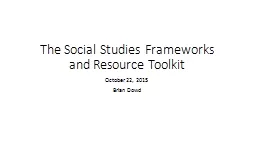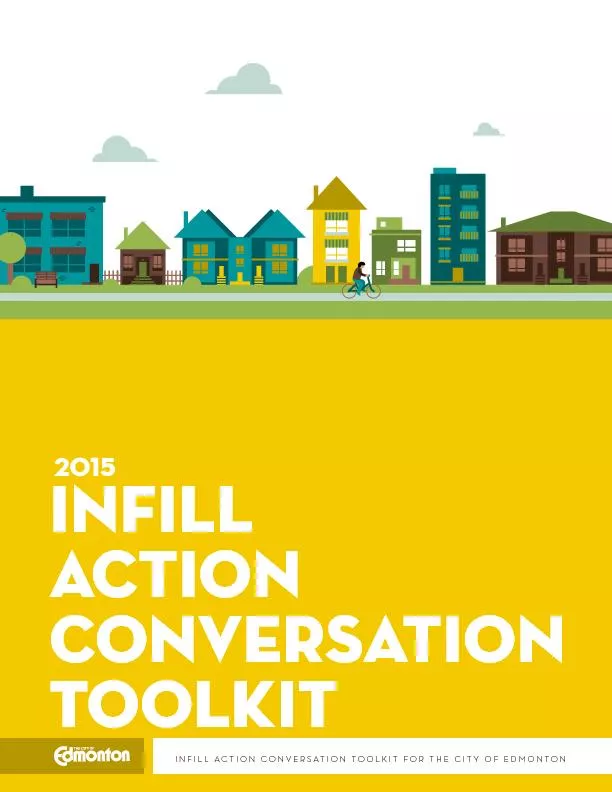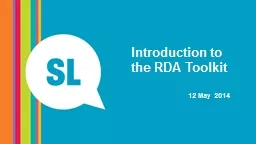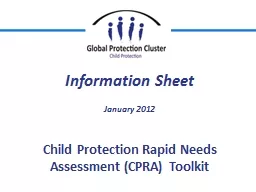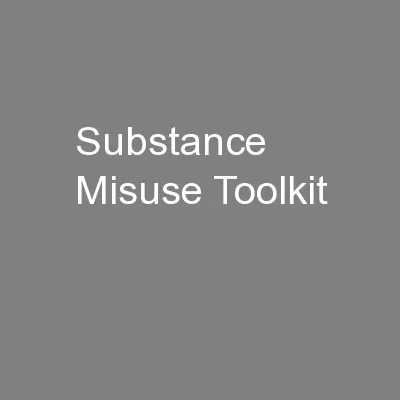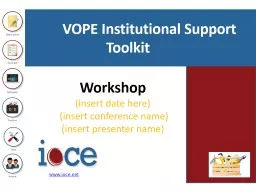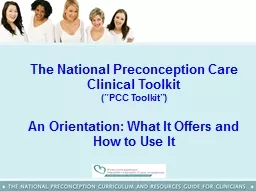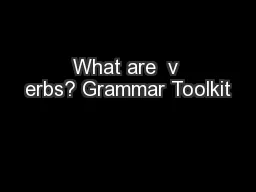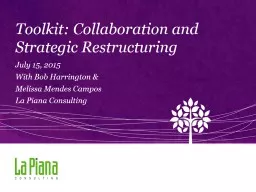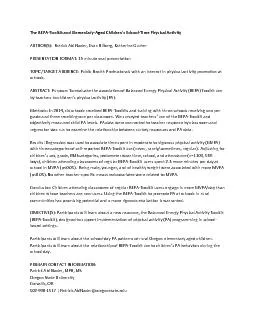PPT-The Social Studies Frameworks and Resource Toolkit
Author : debby-jeon | Published Date : 2017-06-15
October 22 2015 Brian Dowd State Education Department Field Memo Issued March 2015 by Candace H Shyer Assistant Commissioner for Assessment Standards amp Curriculum
Presentation Embed Code
Download Presentation
Download Presentation The PPT/PDF document "The Social Studies Frameworks and Resour..." is the property of its rightful owner. Permission is granted to download and print the materials on this website for personal, non-commercial use only, and to display it on your personal computer provided you do not modify the materials and that you retain all copyright notices contained in the materials. By downloading content from our website, you accept the terms of this agreement.
The Social Studies Frameworks and Resource Toolkit: Transcript
Download Rules Of Document
"The Social Studies Frameworks and Resource Toolkit"The content belongs to its owner. You may download and print it for personal use, without modification, and keep all copyright notices. By downloading, you agree to these terms.
Related Documents

